Home
Click on the button to access the detailed website of the project
“50 Cities – 50 Traces“
my upcoming exhibitions

„FLÜCHTIG!“
14. 11. bis 20. 12. 2025 Galerie M in Landau

„Urban Echoes – Walking on Color“
29. 11. bis 10. 1. 2026 Galerie Nieser in Stuttgart-Degerloch
und …
„WIR RECHNEN MIT ALLEM“
07. 12. bis 19. 12. 2025 & 14. 1. – 6. 2. 2026 AKKU Projektraum Stuttgart
„im Fluss der Formen“
16. 4. bis 31. 12. 2026 Sympra Stuttgart
„Flüchtige Landschaften“
17. 4. bis 10. 06. 2026 Haus am Dom in Frankfurt
„Alles fließt …“
28. 06. bis 4. 10. 2026 Amüseum Saarburg
„WAS BLEIBT?“
23. 7. bis 4. 10. 2026 Galerie der Stadt Plochingen
„Echos der Stille“
13. 11. 2026 bis 9. 1. 2027 Galerie Schacher – Raum für Kunst
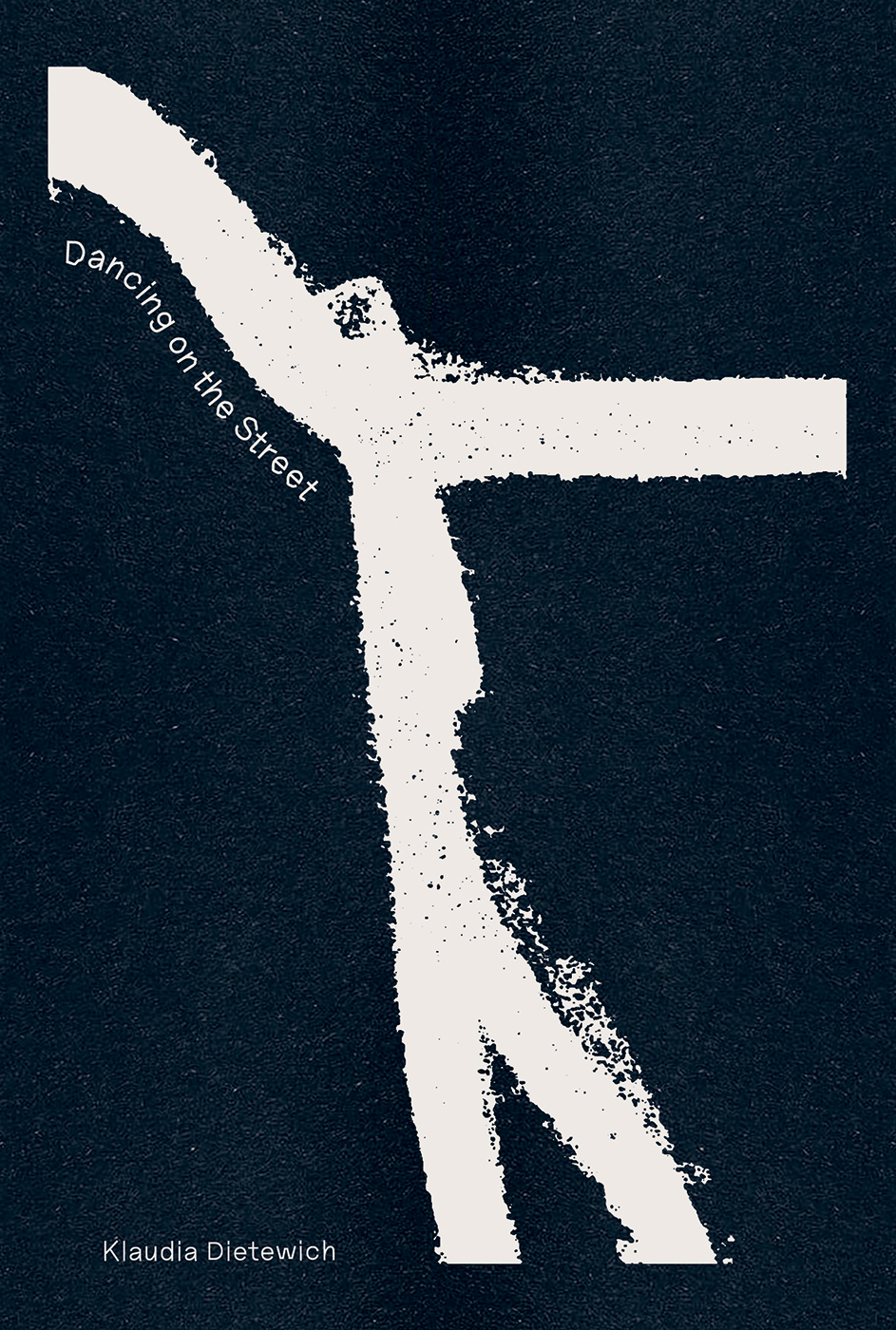
Dancing on the Street
Leporello, published by VBKW Verlag
Klick here for more Information about the leporello
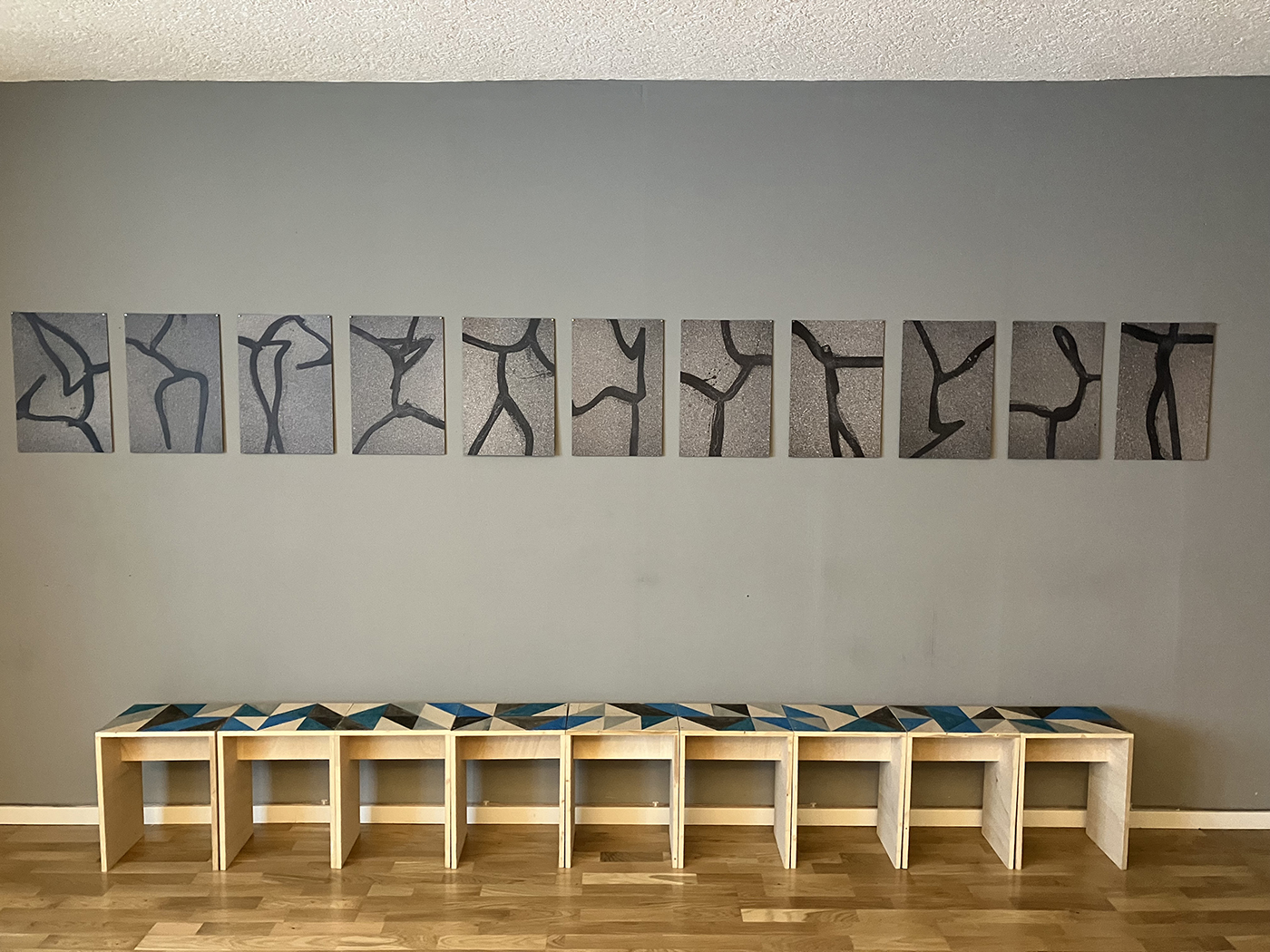
Exhibition view Tangoloft Stuttgart
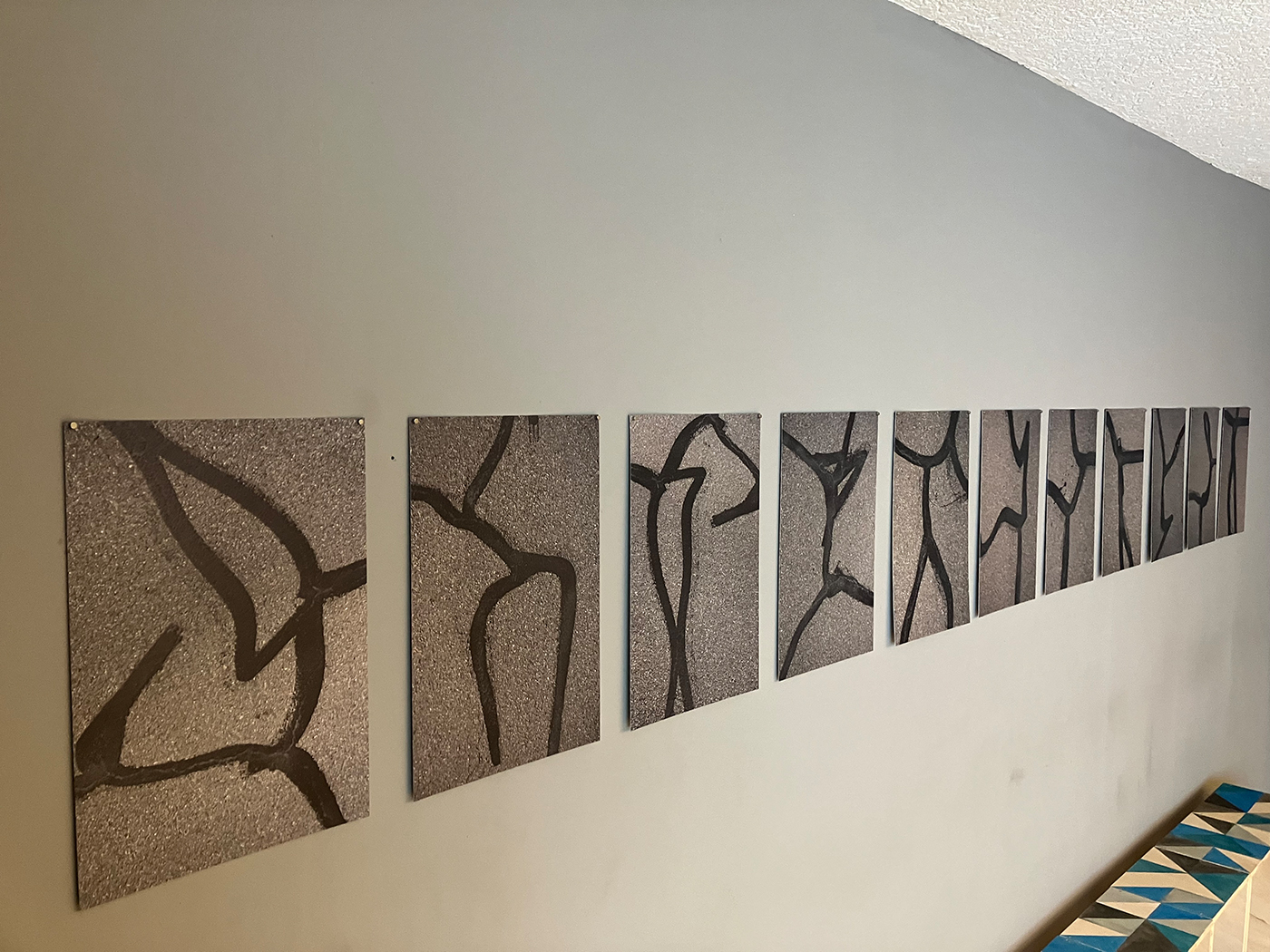
Exhibition view Tangoloft Stuttgart
Traces
On her wanderings through cities all over the world, Klaudia Dietewich extracts fragments from scarred, spilled, cracked and battered asphalt surfaces: enigmatic traces, relics that in one way or another reflect the state of our world. Her found objects from the series "Wegstücke" are fragments that, although completely non-representational, become projection surfaces of the imagination, evoke memories, awaken associations and tell stories. As a "condensate of lived life", they pose the question of what remains of us and of the world as we know it.
In the photographic print, the surface structure of the real original unfolds its specific aesthetic appeal on the alu-dibond image carrier. As if photography had found its object here, to capture life that has disappeared and is disappearing, Klaudia Dietewich, with her feeling for form and structure, creates an image archive that rediscovers a supposedly well-known urban space - in images that are at once familiar, irritating and alienating.
(Dr. Otto Rothfuss)

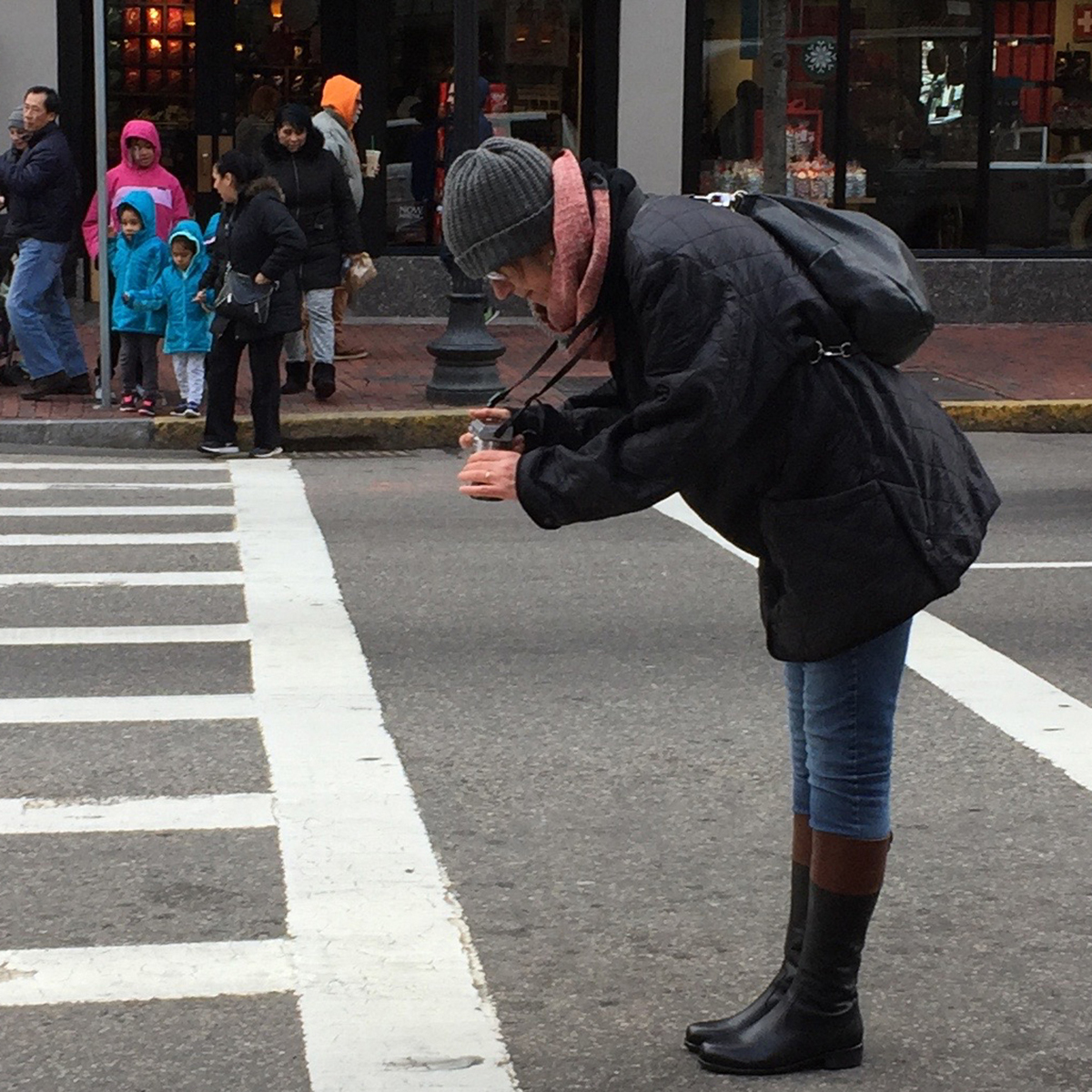
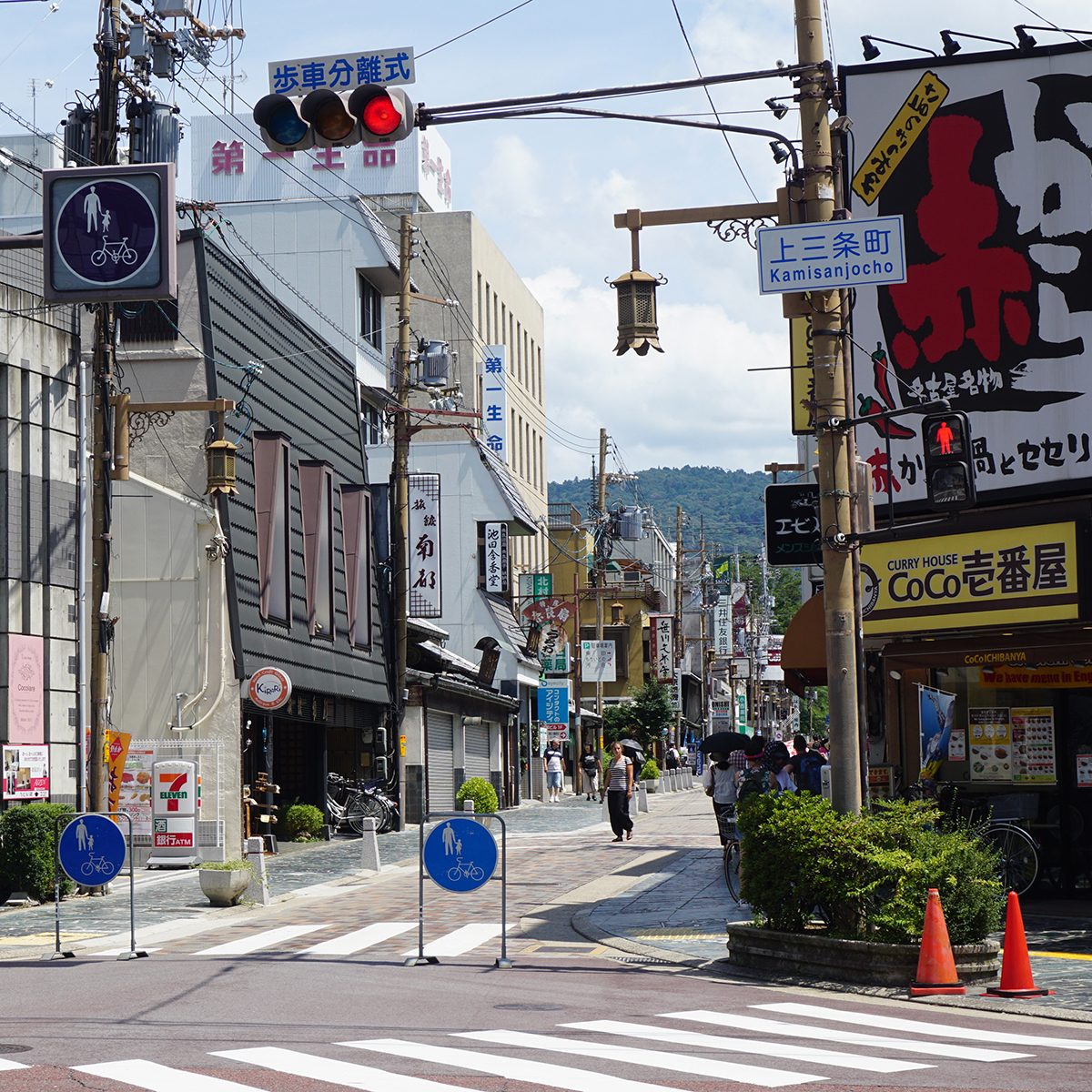
For Klaudia Dietewich, the city is not the uncoordinated hustle and bustle of the masses or the sea of houses in which the individual loses himself, but an almost abstract structure in which man has left his enigmatic repetitive traces. This is the place where, for the artist, the great, pure beauty of the modern world can be found. What a bewildering poetry of stains, scratches, cracks and smears!
Photography proves to be the pictorial medium that places the photographer's gaze as the actual creative agent at the centre and thus allows us to discover the world anew again and again. Here it is more than a mere document: it is a sign-like condensate that the viewer has to unfold in a discourse.
Dietewich's found objects are attempts at a kind of photographic "écriture automatique" with fragments of reality. As remnants of culture that have coagulated into form, they provide the imagination with a matrix to which it can cling cultural forms of encoding in order to see the world through different eyes. The photographs oscillate between a pure rendering of the amorphous and a structuring of what is seen, in which the viewer believes to glimpse objects and pictorial representations. The asphalt and wall pictures become projection surfaces of the imagination. The photographs are a reproduction of chaos and its structuring at the same time. This is what makes them so enigmatic.
In the photographic print, the visual fragments coincide with the image carrier - usually AluDibond or baryt paper. The results are reminiscent of photographed abstract artworks and at the same time pure photography. When looking at the works, it is difficult not to see the great works of painting that are now cavorting in our collective memory.
(Dr. Otto Rothfuss)
